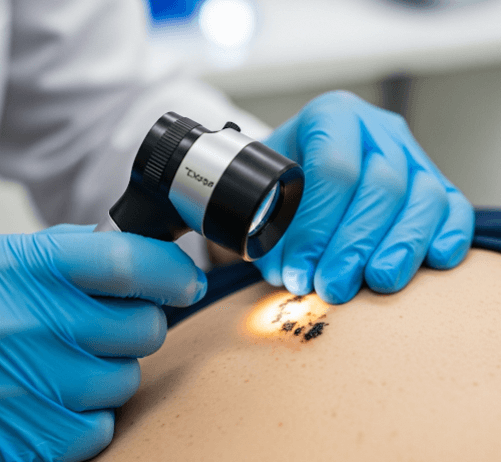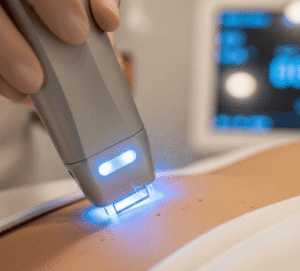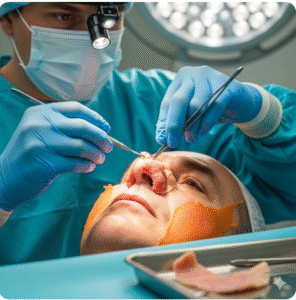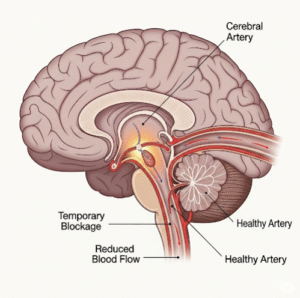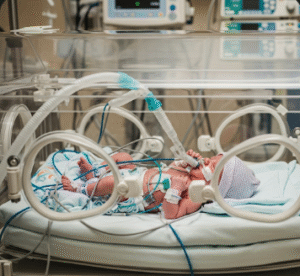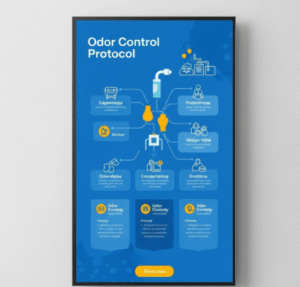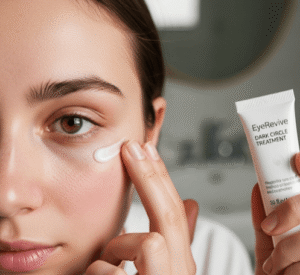What it is
→ A dermoscopy checkup is a non-invasive skin examination using a device called a dermoscope.
→ The dermoscope combines magnification with polarized or non-polarized light, allowing dermatologists to see structures beneath the surface of the skin that are not visible to the naked eye.
→ It is primarily used to examine moles, pigmented lesions, vascular structures, and suspicious skin changes, helping differentiate between benign and malignant growths.
→ This checkup plays a critical role in the early detection of skin cancers, particularly melanoma, but is also valuable for diagnosing non-cancerous skin conditions like psoriasis, dermatitis, or fungal infections.
Why it’s done
→ The main purpose of a dermoscopy checkup is early detection and accurate diagnosis of skin abnormalities.
→ It is recommended for:
- Individuals with multiple or atypical moles.
- Patients with a personal or family history of skin cancer.
- Monitoring changing skin lesions that may appear suspicious.
- Differentiating between harmless pigmentation and dangerous growths.
- Guiding decisions about whether a lesion requires a biopsy.
→ Dermoscopy also reduces unnecessary biopsies by giving dermatologists a clearer view of mole structures before deciding on removal.
Alternatives
→ While dermoscopy is one of the most reliable diagnostic tools, alternatives include:
- Standard skin screening → a naked-eye exam by a dermatologist, less precise.
- Self-examination → patients check their moles and lesions at home, though accuracy is limited.
- Mobile mole apps → some apps analyze mole photos, but reliability varies greatly.
- Histopathology (biopsy) → the gold standard for final diagnosis, but invasive.
→ Dermoscopy sits between simple visual inspection and biopsy, offering greater accuracy without invasiveness.
Preparation
→ Preparing for a dermoscopy checkup is simple:
- Avoid makeup or nail polish → ensures full visibility of skin and nails.
- Do not apply self-tanner → false pigmentation can interfere with results.
- Wear loose clothing → makes it easier for dermatologists to access all areas.
- List medical history → include any prior skin cancers, family history, or past biopsies.
- Note concerns → prepare a list of specific moles or spots that worry you.
- Bring previous photos → if you have mole mapping images or past dermoscopy records, bring them for comparison.
How it’s Done
→ A dermoscopy checkup usually follows these steps:
- Initial consultation → dermatologist reviews history and risk factors.
- Dermoscopy exam → handheld dermoscope or digital dermoscopy system is used to inspect lesions.
- Magnified visualization → structures such as pigment networks, blood vessels, and keratin patterns are analyzed.
- Documentation → suspicious lesions may be photographed and stored for follow-up.
- Decision-making → dermatologist explains whether a lesion is benign, needs monitoring, or requires biopsy.
→ The checkup is quick, usually taking 15–30 minutes depending on the number of moles examined.
Recovery
→ A dermoscopy checkup is completely non-invasive, so no recovery time is needed.
→ Patients can return to daily activities immediately.
→ If the dermatologist decides to perform a biopsy during the same visit, mild recovery (1–2 weeks) may follow for the biopsy site.
Complications
→ The checkup itself carries no risks, as it involves only magnification and light.
→ Possible issues may occur if:
- A lesion is misinterpreted due to poor imaging or lack of experience.
- A needed biopsy is delayed.
→ However, in skilled hands, dermoscopy greatly reduces diagnostic errors and unnecessary procedures.
Treatment options in Korea
→ Korea offers some of the most advanced dermoscopy services due to its strong dermatology infrastructure.
- High-tech digital dermoscopy → Korean clinics often use computerized dermoscopy systems that capture, store, and compare mole images over time.
- Integration with mole mapping → many hospitals combine dermoscopy with full body mole mapping for enhanced monitoring.
- Dermatology hubs → major hospitals like Asan Medical Center, Seoul National University Hospital, and private clinics in Gangnam provide comprehensive dermoscopy services.
- AI-assisted tools → some Korean clinics incorporate artificial intelligence to support mole analysis.
- Focus on aesthetics → dermatologists in Korea combine medical dermoscopy with cosmetic guidance to ensure skin health and beauty.
- Expat-friendly services → many clinics cater to international patients with English-speaking staff and tailored consultation packages.
→ Korea’s approach emphasizes early detection, preventive care, and patient education, making dermoscopy checkups both highly accurate and widely accessible.

